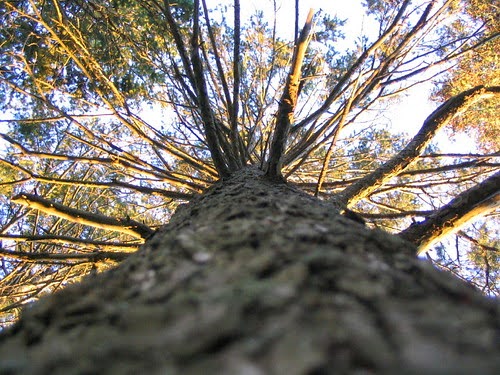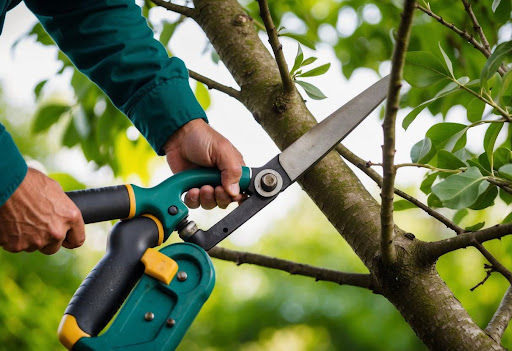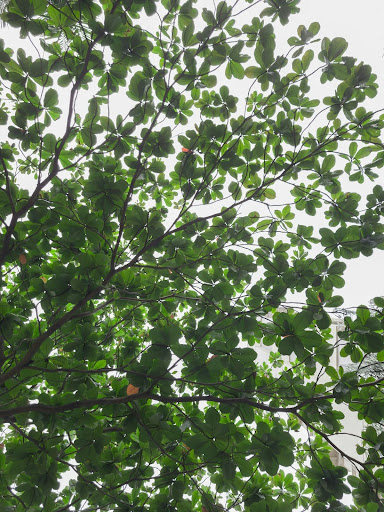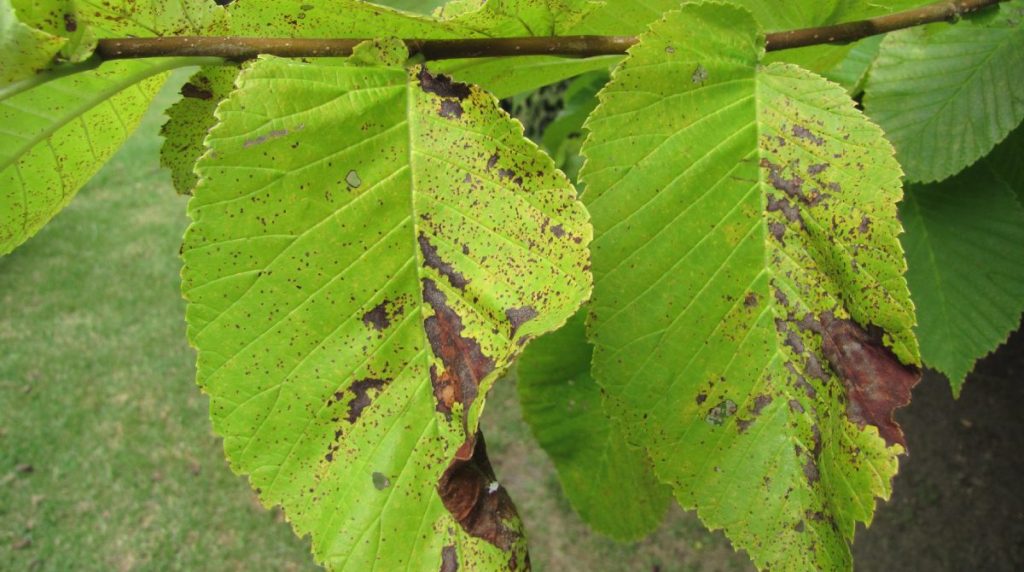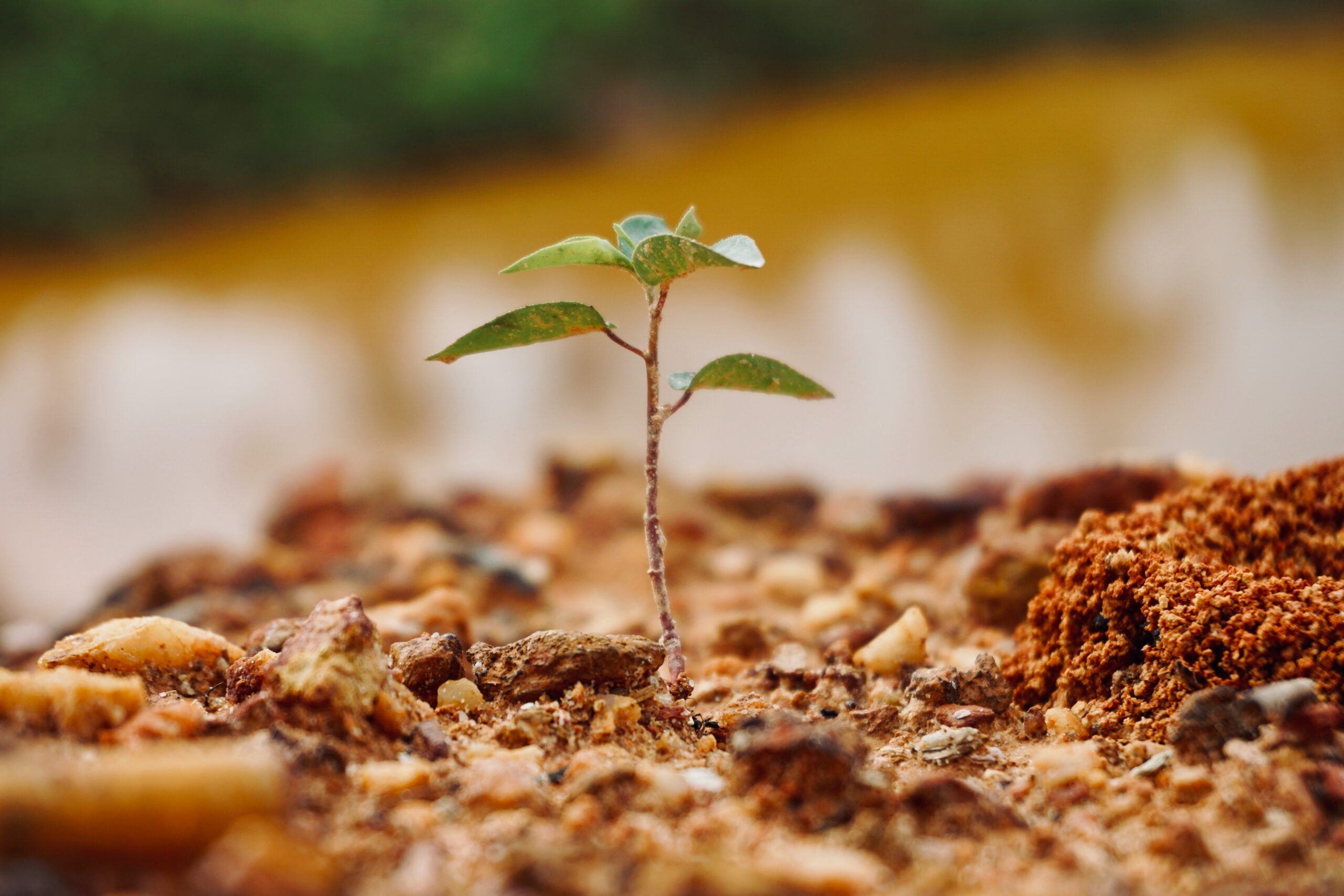
Date June 10, 2024
Planting trees is a rewarding and impactful way to enhance the beauty and environmental health of your property. For residents of Flower Mound, selecting and planting the right trees is crucial for ensuring their growth and longevity. This guide put together by TreeNewal offers practical tree planting advice tailored to the specific climate and soil conditions of Flower Mound, helping homeowners make informed decisions and contribute to a greener community.
The Importance of Tree Planting
Environmental Benefits
Carbon Sequestration
One of the most significant environmental benefits of planting trees is their ability to sequester carbon dioxide. Trees absorb carbon dioxide (CO2) from the atmosphere during photosynthesis and store it in their biomass (trunks, branches, leaves, and roots). This process not only helps to reduce the amount of CO2, a major greenhouse gas, in the atmosphere but also contributes to mitigating climate change. By capturing and storing carbon, trees play a crucial role in balancing the Earth’s carbon cycle. This is particularly important in urban areas like Flower Mound, where carbon emissions from vehicles, industries, and other sources are high. Planting more trees helps to offset these emissions, contributing to a healthier, more sustainable environment.
Air Quality Improvement
Trees are natural air purifiers. They filter pollutants from the air, including nitrogen oxides, ammonia, sulfur dioxide, and particulate matter. Through their leaves and bark, trees absorb these harmful substances, reducing the concentration of pollutants in the air. Additionally, trees release oxygen as a byproduct of photosynthesis, improving the air quality and making it healthier for residents to breathe. This is especially beneficial in urban areas where air pollution is a significant concern. By planting and maintaining trees, Flower Mound residents can contribute to cleaner air and a healthier living environment for the entire community.
Temperature Regulation
Trees play a vital role in regulating temperatures in urban environments. Their leaves provide shade, which reduces the amount of heat absorbed by buildings, roads, and other surfaces. This shading effect lowers the temperature of the immediate surroundings, creating a cooler and more comfortable environment. Additionally, trees release water vapor through a process called transpiration, which cools the air as it evaporates. This natural cooling mechanism helps to counteract the urban heat island effect, where urban areas become significantly warmer than their rural counterparts due to human activities and the concentration of heat-absorbing materials. By planting more trees, Flower Mound can reduce its urban heat island effect, leading to lower energy consumption for cooling and a more pleasant climate for residents.
Aesthetic and Property Value
- Curb Appeal: Well-placed trees enhance the visual appeal of your property.
- Property Value: Mature trees can significantly increase property value by providing aesthetic and functional benefits.
- Privacy and Noise Reduction: Trees can act as natural screens and sound barriers, offering privacy and reducing noise pollution.
Choosing the Right Trees
Native vs. Non-Native Species
- Native Species: Opt for native trees that are well-adapted to the local climate and soil conditions. These species require less maintenance, are more resistant to local pests and diseases, and support local wildlife.
- Non-Native Species: While some non-native species can thrive in Flower Mound, they often require more care and may not provide the same ecological benefits as native trees.
Tree Types and Functions
- Shade Trees: Large trees like oaks and maples provide extensive shade, cooling your property and reducing energy costs.
- Ornamental Trees: Trees such as dogwoods and redbuds add beauty with their flowers, foliage, and unique shapes.
- Fruit Trees: Consider planting fruit trees like apple or pear for both aesthetic value and the added benefit of fresh produce.
- Evergreens: Pine and cedar trees offer year-round greenery and can serve as windbreaks or privacy screens.
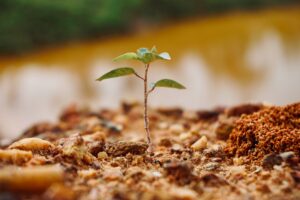
Understanding Flower Mound’s Climate and Soil
Climate Considerations
- Temperature: Flower Mound experiences hot summers and mild winters. Choose trees that can withstand these temperature extremes.
- Rainfall: The area receives moderate rainfall, but supplemental watering may be necessary during dry periods, especially for young trees.
- Storms: Be mindful of selecting trees with strong root systems and wind resistance to withstand occasional severe weather.
Soil Conditions
- Soil Type: Flower Mound’s soil varies from sandy to clayey. Conduct a soil test to determine the specific type in your area and choose trees that are compatible with it.
- Soil pH: Most trees prefer slightly acidic to neutral soil. Amend the soil if necessary to match the needs of your chosen trees.
- Drainage: Ensure good drainage to prevent root rot. Raised beds or mounds can help in areas with poor drainage.
Tree Planting Techniques
Proper Planting Depth
- Root Flare: The root flare, where the trunk expands at the base, should be at or just above the soil surface. Planting too deeply can lead to root girdling and poor tree health.
- Hole Size: Dig a hole twice as wide as the root ball but no deeper. This encourages roots to spread outward.
Preparing the Site
- Clear the Area: Remove grass, weeds, and debris from the planting site. Competing vegetation can hinder tree growth.
- Amend the Soil: Mix in organic matter such as compost to improve soil structure and fertility.
Planting Steps
- Position the Tree: Place the tree in the hole, ensuring the root flare is at the correct level.
- Backfill: Fill the hole with the excavated soil, gently tamping it down to eliminate air pockets.
- Water: Water the tree thoroughly after planting to help settle the soil and establish roots.
- Mulch: Apply a 2-4 inch layer of mulch around the tree, keeping it away from the trunk. Mulch helps retain moisture and regulate soil temperature.
Staking and Support
- When to Stake: Stake the tree only if it is unstable or planted in a windy area. Use flexible ties to avoid damaging the trunk.
- Duration: Remove stakes after the first year to allow the tree to develop a strong, natural structure.
Watering and Fertilizing
Watering Guidelines
- Initial Watering: Water newly planted trees deeply and regularly during the first year to establish a strong root system.
- Established Trees: Once established, trees generally need less frequent watering. Water deeply during dry spells, focusing on the root zone.
Fertilizing
- Soil Testing: Conduct a soil test to determine nutrient deficiencies and amend accordingly.
- Type of Fertilizer: Use slow-release, balanced fertilizers to provide a steady supply of nutrients. Organic options such as compost and manure are also beneficial.
- Application Timing: Fertilize in early spring before new growth starts and again in late fall after the growing season ends.
Pruning and Maintenance
Pruning Techniques
- Formative Pruning: In the first few years, prune to shape the tree and establish a strong structure. Remove crossing, rubbing, or weak branches.
- Maintenance Pruning: Regularly remove dead, diseased, or damaged branches to maintain tree health and safety.
- Avoid Over-Pruning: Excessive pruning can stress the tree and reduce its ability to photosynthesize. Prune only as necessary.
Pest and Disease Management
- Regular Inspections: Check trees regularly for signs of pests and diseases. Early detection is key to effective management.
- Integrated Pest Management (IPM): Use IPM practices such as encouraging beneficial insects, applying organic treatments, and maintaining tree health to minimize pest and disease issues.
Protecting Trees from Wildlife
- Tree Guards: Use tree guards or fencing to protect young trees from animals such as deer and rabbits.
- Repellents: Apply natural repellents to deter browsing by wildlife.
Conclusion
Planting trees is a valuable investment in your property and the environment. By following the tree planting advice outlined in this guide, Flower Mound residents can ensure the successful establishment and growth of their trees. From selecting the right species to employing proper planting techniques and ongoing care, these practices will help you create a beautiful and sustainable landscape. For expert assistance and additional resources, trust TreeNewal to provide comprehensive tree care services tailored to your needs. Contact TreeNewal today to start your journey toward a greener, healthier property.
